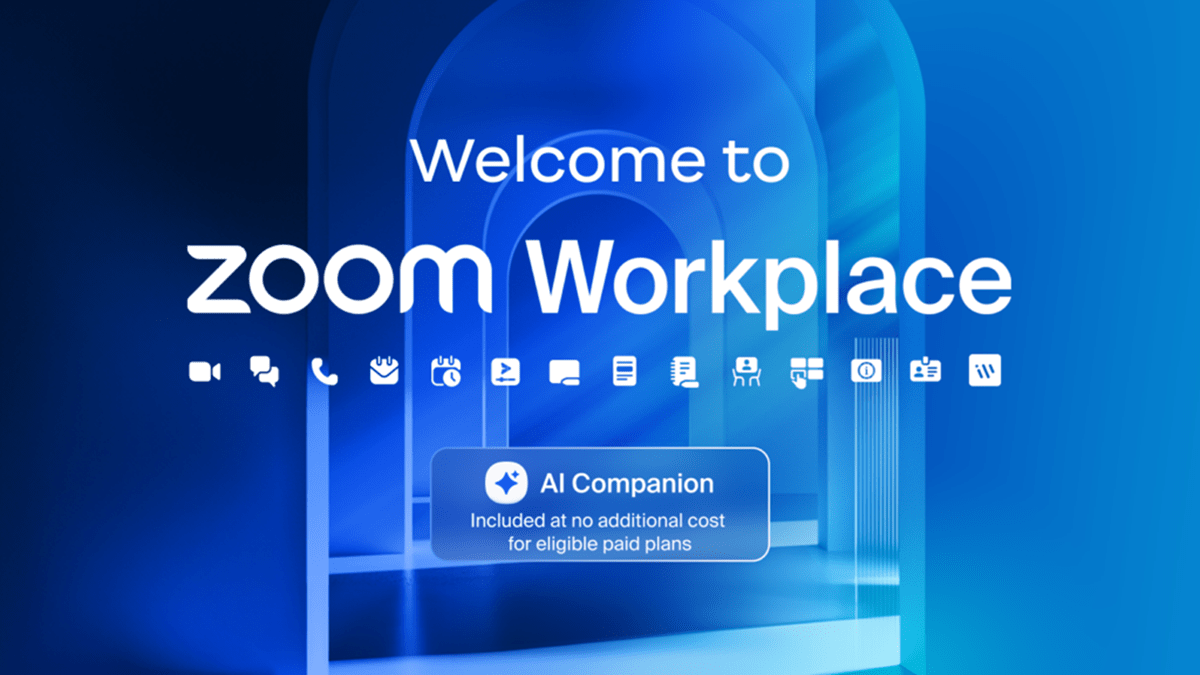Bridging the Political Divide: Maintaining Workplace Unity in Post-Election America
NOTE: This article was initially published on Reworked.co on November 8, 2024, and is republished here with permission.

The morning after a national election brings a sobering reality to American workplaces: the colleague who helped you tackle last week's challenging project, your trusted mentor, or the team member who consistently meets deadlines likely voted differently than you did.
With election results revealing an almost even split in our nation, simple mathematics tells us that in any given workplace, approximately half of our colleagues hold political views that differ fundamentally from our own.
The New Workplace Reality
This statistical reality presents both challenges and opportunities for organizational leaders and employees alike. In a time when political discussions have become increasingly polarized, workplaces face the unique challenge of maintaining productivity, fostering collaboration, and preserving professional relationships across political divides.
The workplace has always brought together people with different backgrounds and beliefs. What's fundamentally different now is our heightened awareness of these differences. Social media and an increasingly partisan national dialogue have made us more conscious than ever of where our colleagues might stand on issues. This awareness can create subtle — and sometimes not so subtle — tensions that weren't as prevalent in previous decades, when political views were often less visible in professional settings.
The Hidden Impact of Political Awareness
Research indicates that awareness of colleagues' political beliefs can influence workplace dynamics. A 2024 study published in Current Psychology found that employees who perceive a low level of political alignment with their organization and who self-censor their political opinions at work are more likely to experience reduced job satisfaction, diminished sense of social belonging, increased burnout, and higher turnover intentions.
However, other research indicates that teams with diverse political views can enhance innovation when professional boundaries are maintained. A study in the Nature Human Behavior found that political diversity within teams fosters creativity and innovation, provided that team members uphold professionalism and mutual respect. The latter is key, and can be challenging to achieve. But successfully upholding these standards creates an environment that allows for a variety of perspectives, leading to more innovative solutions.
Four Pillars of Post-Election Workplace Harmony
Here are four concepts that can act as pillars for maintaining harmony
1. Embracing Difference as Reality
The first step toward maintaining workplace harmony is acknowledging that political diversity is not a temporary condition but a permanent feature of our professional landscape. This recognition should extend beyond mere tolerance to understanding that diverse perspectives often lead to more robust decision-making processes.
Consider this: The same diversity of thought that leads to different political choices also brings varied approaches to problem-solving, innovation, and customer understanding. By accepting political differences as a given, organizations can redirect energy from political tension to productive collaboration.
2. Redefining Workplace Discourse
In an era where political discourse often turns hostile, organizations must actively maintain higher standards of communication. This doesn't mean suppressing political discussion entirely, but rather establishing clear guidelines for professional interaction.
Effective strategies include:
- Creating designated spaces for open dialogue while maintaining politics-free zones
- Establishing clear policies about appropriate workplace communication
- Training managers in conflict resolution and de-escalation techniques
- Emphasizing project-focused communication over personal ideological discussions
3. Building Professional Common Ground
Organizations succeeding in this environment often focus on creating shared professional objectives that transcend political differences. This might include:
- Cross-functional projects that emphasize diverse skill sets
- Mentorship programs paired by professional expertise rather than personal beliefs
- Innovation teams that explicitly value different perspectives
- Community service initiatives that unite employees around common causes
4. Constructive Collaboration Across Differences
The most successful organizations view political diversity as an opportunity rather than an obstacle. They recognize that teams capable of working productively across political differences are likely to be more resilient and adaptable in facing other challenges.
Beyond Individual Actions - Practical Steps Forward for Organizations
Still, employees' self-guided efforts may sometimes be insufficient, and the organization may need to consider additional steps. For organizations looking to maintain civility in a divided time, consider these actionable steps:
- Audit Communication Policies Review and update guidelines for workplace communication, ensuring they address modern challenges while maintaining professional standards.
- Invest in Leadership Training Equip managers with tools to handle politically sensitive situations and maintain team cohesion.
- Create Connection Opportunities Develop programs that bring employees together around shared professional interests and organizational goals.
- Establish Clear Boundaries Define and communicate expectations about appropriate workplace behavior and discourse.
Looking Ahead
The post-election workplace presents an opportunity to demonstrate how professional communities can thrive despite political differences. Organizations that successfully navigate these challenges often emerge stronger, with more resilient teams and more effective collaboration practices.
As we move forward, remember that workplace harmony doesn't require political agreement—it requires professional respect, clear boundaries, and a shared commitment to organizational success. The colleague who voted differently than you did hasn't changed; they remain the same professional who contributes to your team's success.
In the end, our ability to work productively with those who hold different political views may offer a model for broader social cooperation. By maintaining focus on shared goals and professional respect, workplaces can demonstrate how diverse perspectives can coexist and even thrive in pursuit of common objectives.



